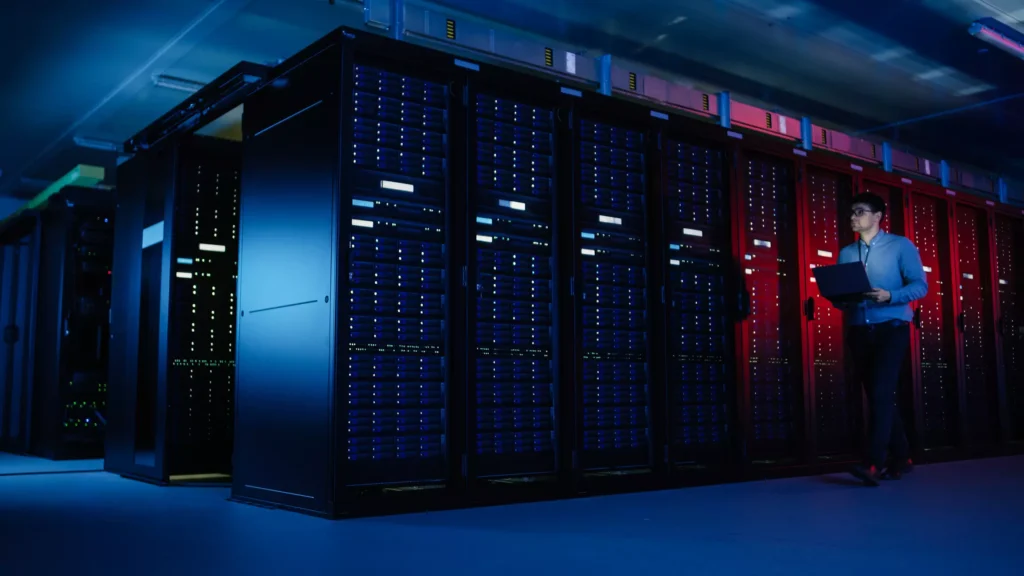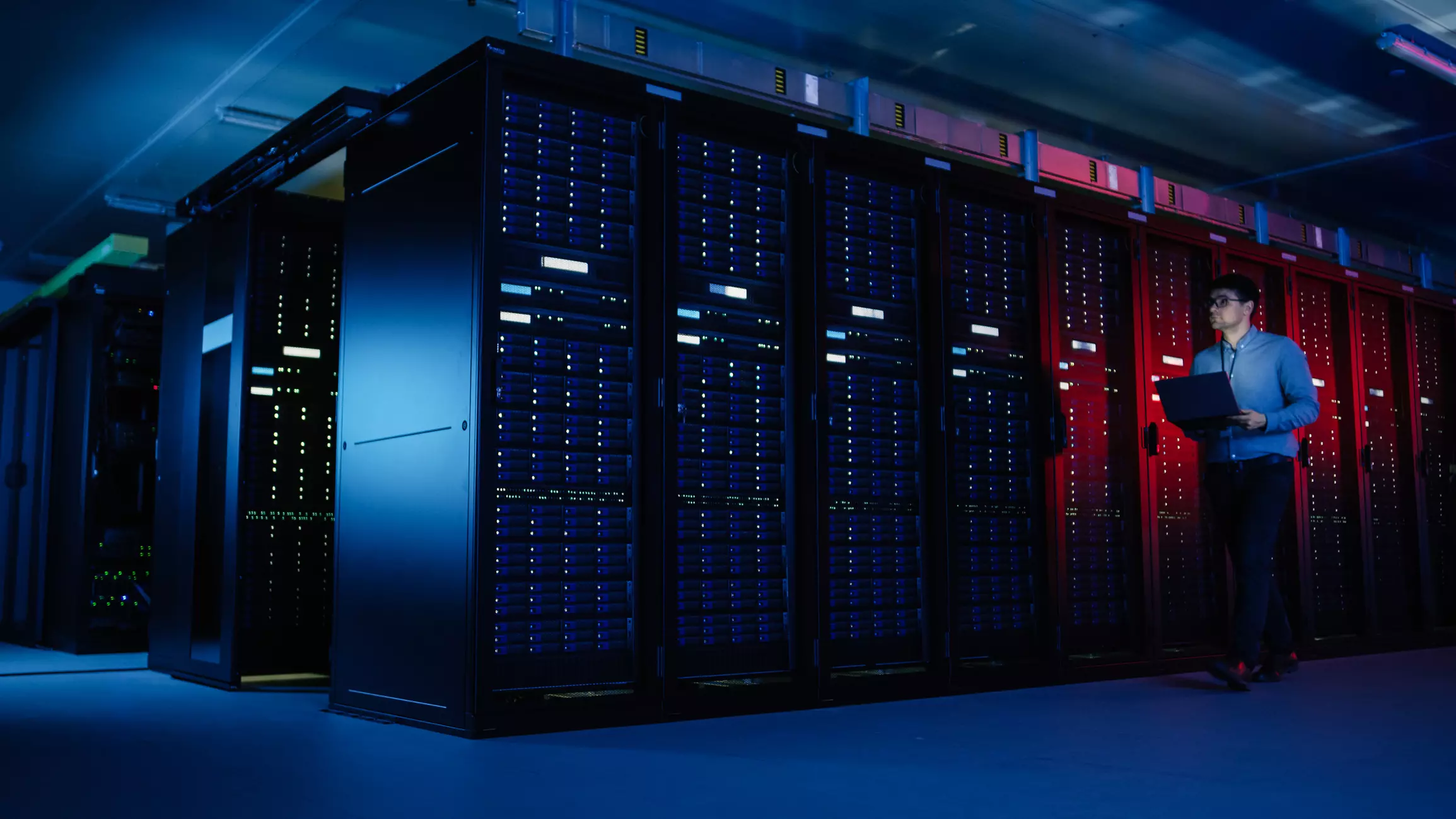SDS as a Platform takes a holistic approach to solving storage challenges instead of the systems approach used by most SDS solutions, which force IT to purchase a storage system for each use case and explains why most data centers end up with six or more storage solutions in their data center. Software Defined Storage (SDS) as a platform enables SDS to achieve its full potential of simplifying operations, improving performance and data protection as well as lowering the total cost of ownership (TCO).
Our focus on delivering a “platform” instead of a “system” recently earned us a spot in analyst firm, DCIG report on the TOP Five SDS solutions. You can get a copy of the full report here.
Today, every storage system is essentially software-defined. The only difference between vendor offerings is which hardware platform they put their software on and if they allow the customer to choose that hardware.

Understanding Legacy SDS
SDS is a storage architecture that was originally supposed to provide an efficient and flexible means of managing all storage systems while freeing the enterprise from hardware vendor lock-in to limited, expensive proprietary hardware choices. It focused only on abstraction not on improving storage IO operations. SDS was essentially another layer on top of your existing technology stack. This software layer abstracts the things that control storage requests.
The SDS Problem
Legacy SDS’ “systems” approach adds to the many layers of the existing storage stack without any consideration of the various layers below it. SDS still has to work with the various layers of the existing storage stack, which remains essentially unchanged over the last 20 years. The old algorithms used in the existing storage stack are unable to take full advantage of the latest developments in storage media and advanced multi-core CPUs. Again, since every turnkey storage vendor is still fundamentally a software developer that pre-selects the hardware, they also fall into the Legacy SDS vendor category.
The SDS Problem with CPUs
Legacy SDS vendors add specific features and functionality to their offerings without any consideration for optimizing the existing storage stack and how these many layers will impact their performance. It takes more powerful CPUs to hide the inefficiency of these layers cases. The problem is CPUs are becoming more powerful by the addition of cores, not by faster per core clock speeds. Storage is a particularly difficult software endeavor to thread across dozens of cores. It is more efficient to deliver maximum performance from as few cores as possible.
The SDS Problem with Fast Media
Another method employed by SDS vendors is using faster storage devices like Flash, to provide the performance modern enterprises require to properly handle their data workloads. The problem is, again because of the layers and lack of per core performance increases in flash performance represent a case of diminishing performance returns.
The SDS Problem with Hardware Innovation
Using more powerful CPUs and faster media devices significantly increase the cost of new storage systems. Additionally, they are only masking the underlying weaknesses in current SDS offerings as well as the storage stack, with its obsolete algorithms, on which most current SDS solutions rely. Consequently, most current SDS offerings cannot utilize the full capacity and full performance of newer hard drives and Flash drives. In fact, each iteration of the technology delivers a poorer return on the innovation that hardware vendors work so hard to create.
The failures of Legacy SDS force customers to select turnkey solutions. These solutions again have the same challenges, they just have direct control over hiding the impact of these challenges with customized and expensive hardware.
To recap, the main deficiencies in most current SDS offerings are:
- Only extracts storage software from storage hardware. It does not rewrite the existing and inefficient storage stack.
- Need to add additional SDS solutions support for specific protocols or workloads.
- Leads to the same old storage problems of low per drive performance and utilization.
- Lack of flexibility in media types and sizes that can be mixed in the same system or array.
- Fundamentally SDS is just as broken as modern turnkey storage systems

What Makes SDS as a Platform Different?
A little over seven years ago, StorONE took a close look at SDS and carefully dissected and analyzed all its shortcomings. However, unlike other vendors, StorONE decided to take a different, platform approach to resolve the limitations and failings of SDS. We took a close look at the existing storage stack on which all the other SDS solutions (and turnkey solutions) build and decided that this multi-layerd stack needed to be completely rethought and rewritten from the ground up. We decided that the old obsolete algorithms of the past need to be thrown out and rewritten from the ground up to take full advantage of all the features and benefits of the newest technology in modern CPUs, hard disk drives and Flash drives. We also saw the need to flatten and simplify the storage stack to reduce latency, while increasing performance and flexibility.
In short, what StorONE did was:
- Completely rewrite the storage stack – using better IO algorithms
- Flatten the existing storage stack – put all operations in a self-contained engine
- IO Orchestration Algorithm – enables features to operate in parallel. No performance impact for features.
- All Protocols – All Media – All Use Cases – One Platform
The SDS as a Platform Pay Off
The end result is the StorONE S1:Enterprise Platform solution. Instead of being just another layer on the old stack, it is an entirely new technology, which finally fulfills the promise of SDS. We didn’t just come out with a faster, prettier vehicle for IO, we developed a new form of transportation, which is why you seldom see us claim to be an SDS solution. Our platform provides superior performance, data protection, and flexibility without the need for expensive, high-end servers and hardware. It enables the enterprise to get maximum capacity and performance from all the storage devices in their data center while simplifying the management of their storage systems. It also enables the enterprise to finally consolidate all of their storage and put an end to time consuming, expensive and risky large-scale data migrations.
In short, the StorONE S1:Enterprise Platform provides:
- Better Drive Utilization – Utilizes up to 90% of raw capacity per drive and up to 85% of maximum raw performance from each drive. (best per drive performance and best per drive capacity of any other solution)
- Reduces storage spend both upfront and as you grow
- Simplified Operations (Singe Interface for All Storage Operations, Application Templates to automate provisioning)
- Future Ready – Add capacity in minutes, mix drive sizes. Upgrade to next generation controllers, which is rare because we are so efficient, but when you do (PCIe Gen 4) there is no data migration and no disruption of data access.
The industry is recognizing our efforts. StorONE was recently designated one of the Top 5 SDS vendors by industry analyst firm DCIG. You can watch the webinar we did on SDS with DCIG on-demand here. By registering for the webinar you will also get a copy of their detailed analysis of the SDS marketplace.




